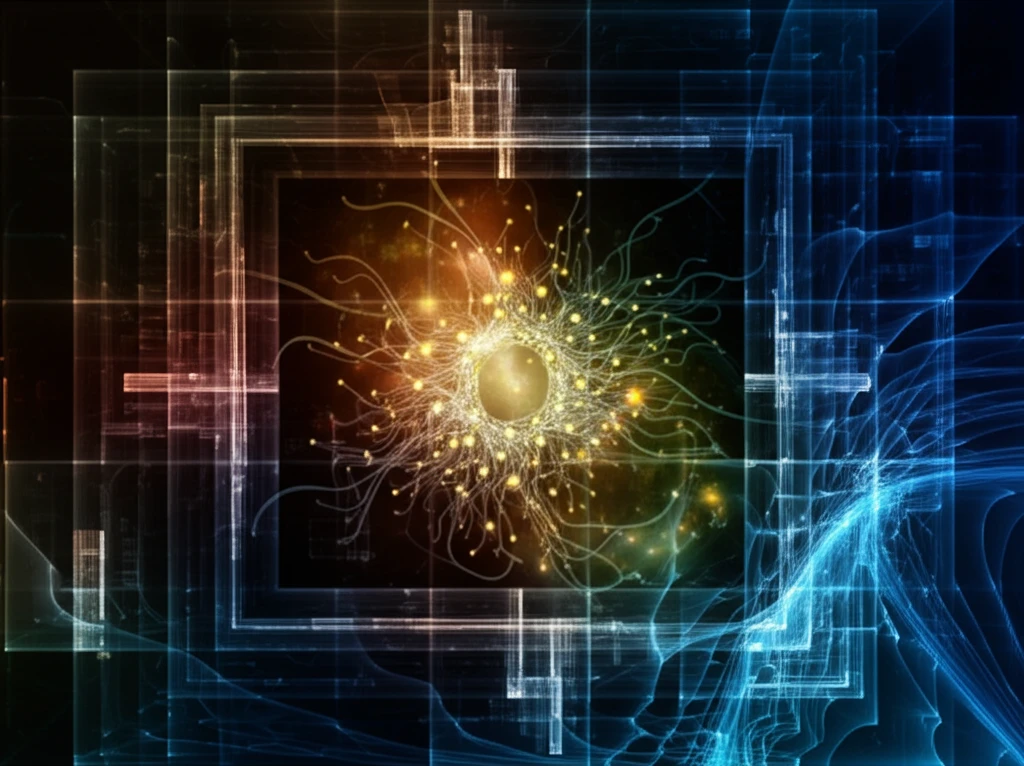
Unlock the Secrets of AI: How Deep Kernelized Autoencoders are Revolutionizing Machine Learning
"Explore the revolutionary deep kernelized autoencoders (dkAEs) and their impact on unsupervised learning and representation learning, offering new possibilities for data processing and kernel methods."
Artificial Intelligence is rapidly transforming numerous facets of modern technology and daily life, and at its core lie sophisticated machine learning models adept at extracting meaningful insights from complex data. Among these innovations, autoencoders (AEs) have garnered considerable attention for their capacity to learn effective hidden representations of input data. Traditional autoencoders, however, often have limited control over the nature of these hidden representations, which can restrict their applicability to specific tasks.
Deep Kernelized Autoencoders (dkAEs) address these limitations by allowing explicit approximation of the mapping from an input space to a user-specified kernel space and back-projection from the kernel space to the input space. By integrating kernel methods with traditional autoencoders, dkAEs provide enhanced control over the learned representations, making them more versatile and powerful.
This article explores the mechanics, benefits, and potential applications of deep kernelized autoencoders, illuminating how they bridge the gap between kernel methods and neural networks. We’ll delve into the technical aspects of dkAEs, their advantages over traditional autoencoders, and their performance in various experiments. Whether you're a seasoned AI professional or just curious about the latest advancements in machine learning, this guide will provide valuable insights into the transformative potential of dkAEs.
Understanding Deep Kernelized Autoencoders

Deep Kernelized Autoencoders (dkAEs) represent a significant advancement in neural network architecture, ingeniously combining the strengths of traditional autoencoders with kernel methods. Traditional autoencoders are neural networks trained to reconstruct their input, typically learning a compressed representation in a hidden layer. While effective, they often lack explicit control over the learned features.
- Encoder: Maps the input data to a hidden representation.
- Kernel Alignment: Aligns the hidden representations with a predefined kernel matrix.
- Decoder: Reconstructs the input data from the hidden representation.
- Loss Function: Optimizes both reconstruction accuracy and kernel alignment.
The Future of Representation Learning with Deep Kernelized Autoencoders
Deep Kernelized Autoencoders represent a significant leap forward in the field of representation learning, offering a robust and versatile framework for integrating kernel methods with neural networks. By providing explicit control over the learned representations, dkAEs open new avenues for solving complex problems in various domains, from image processing to data analysis. As AI continues to evolve, dkAEs promise to remain a vital tool in the quest for more interpretable, efficient, and powerful machine learning models.
